In Orkney, so much electricity is generated by wind, waves and the power of tides that the islands struggle to find a use for it all.
In theory, it could be transferred to mainland Scotland, except that the seabed cable required to achieve this would apparently cost around £250 million. So instead, some of this surplus electricity is used to split water into its constituent parts, the hydrogen element stored in pressurised gas canisters and ferried to Kirkwall, the capital of Orkney. Once there, the hydrogen is used to produce... electricity.
If that sounds rather a wasteful thing to do, well, welcome to the world of energy generation, and the awkward challenge of storing and transporting that energy to the place you want it, at the time you want it.

What has this got to do with driving a fuel cell Toyota Mirai from John O’Groats to Land’s End? A lot more than you might think, and in ways that may eventually affect not only the way that your car is propelled, but also how your house is heated too.
The way to look at a fuel cell electric car, explains Jon Hunt, Toyota GB’s alternative fuels manager, is to see it as one component within a cycle of future energy generation and usage. Fuelling a car – and your house, heating and hi-fi – is going to get a lot more complex than an energy company piping volts to your junction box. Instead, it’s going to become a world of give and take, of energy generated by a mix of intermittent renewables and less desirable, but reliable, fossil fuels.
But enough, for now, of the potential energy cycles of tomorrow. Right now, our task is to drive the 230-odd miles from John O’Groats to Aberdeen. Not usually a problem with a conventional car, of course, or even a pure electric car if you plan some recharging stops, but in a fuel cell car, the challenge lies in the fact that there are presently only nine hydrogen refuelling stations in the UK.

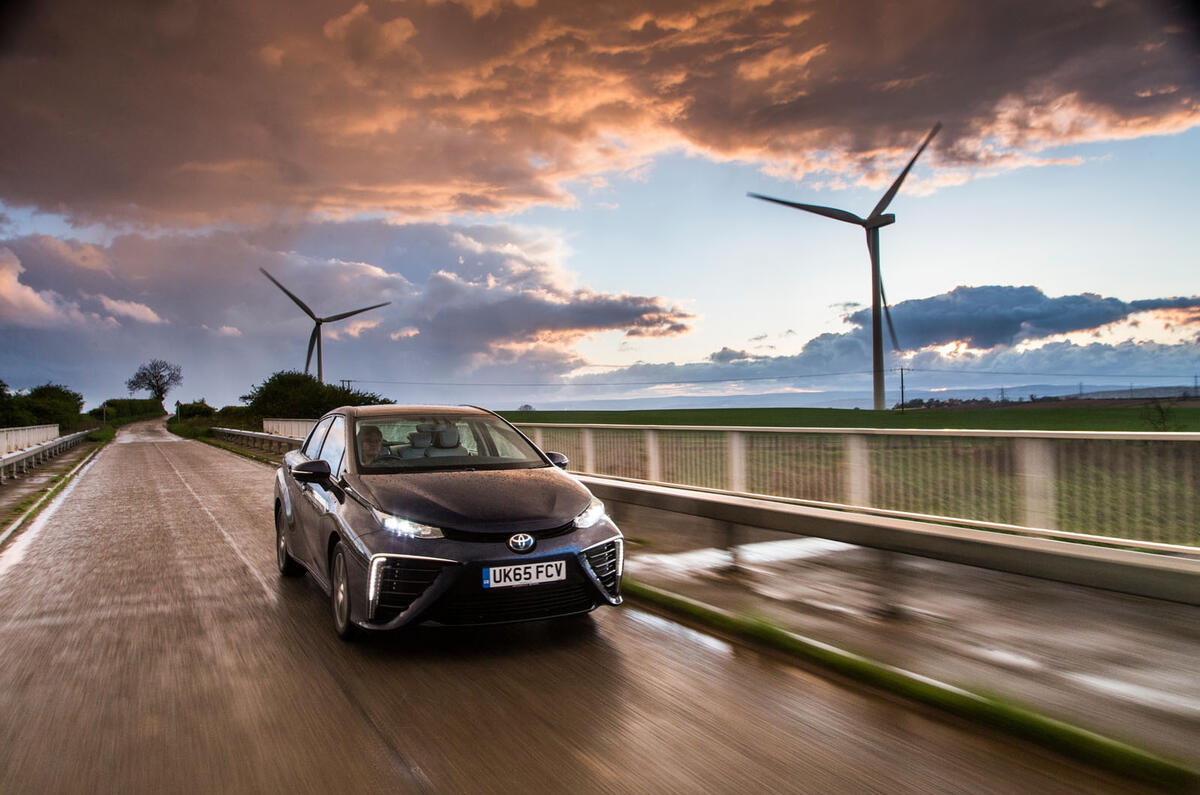
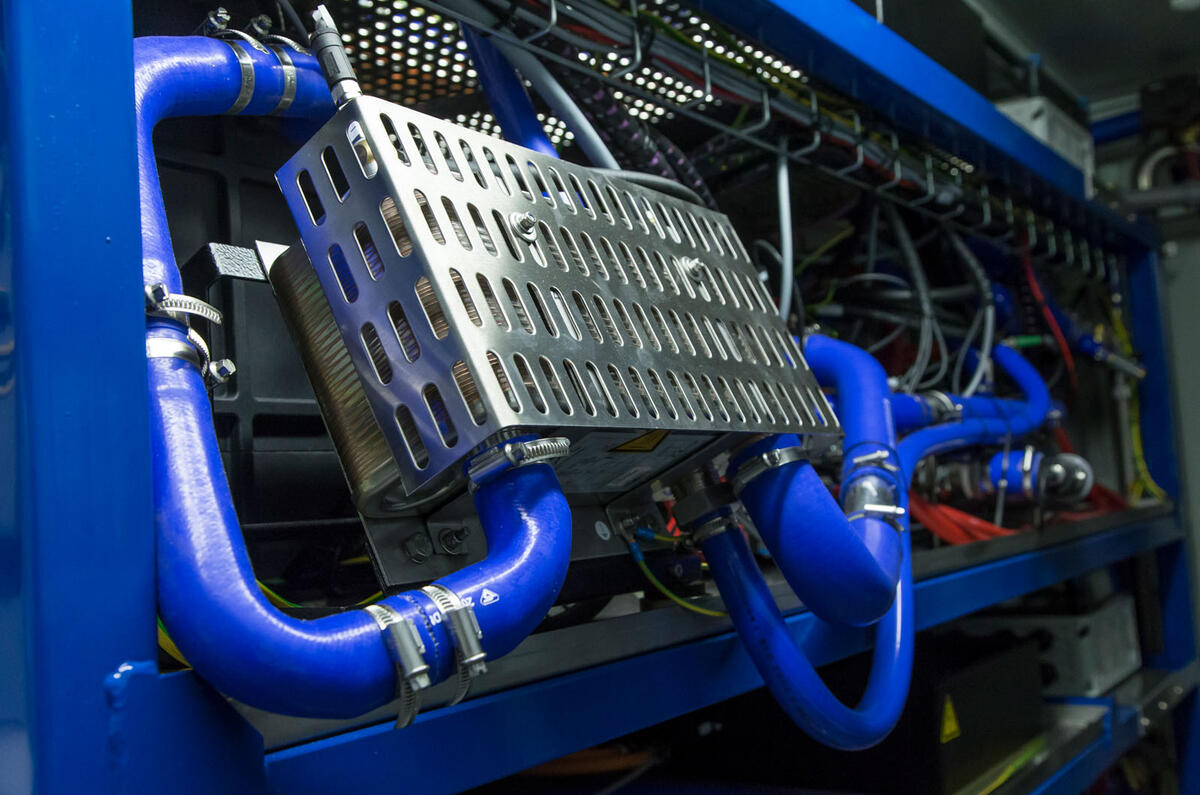


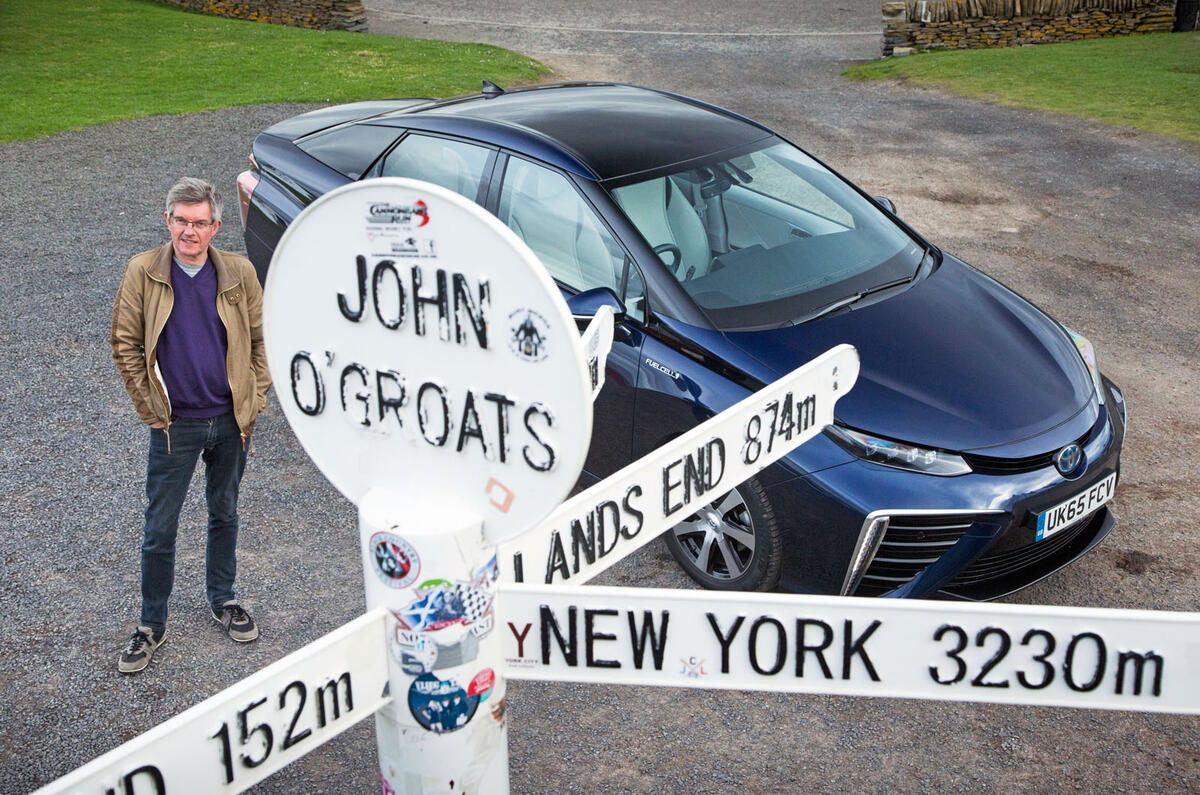
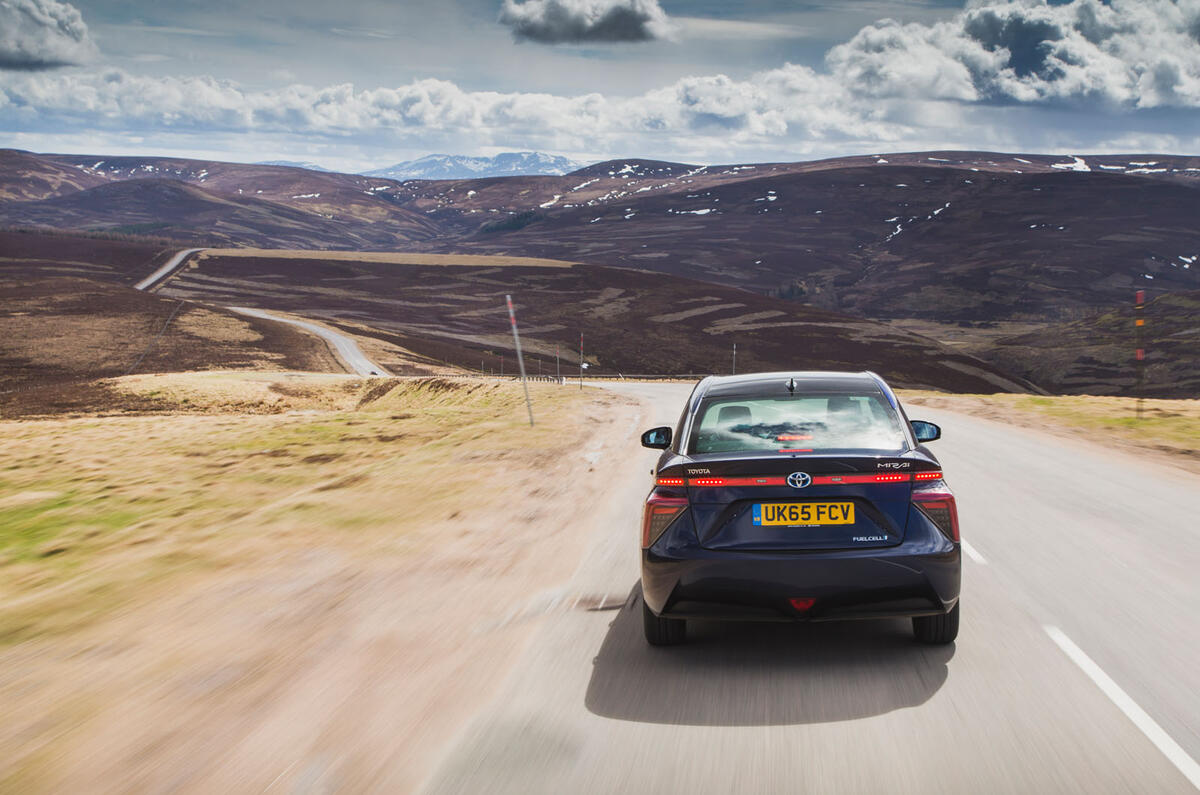
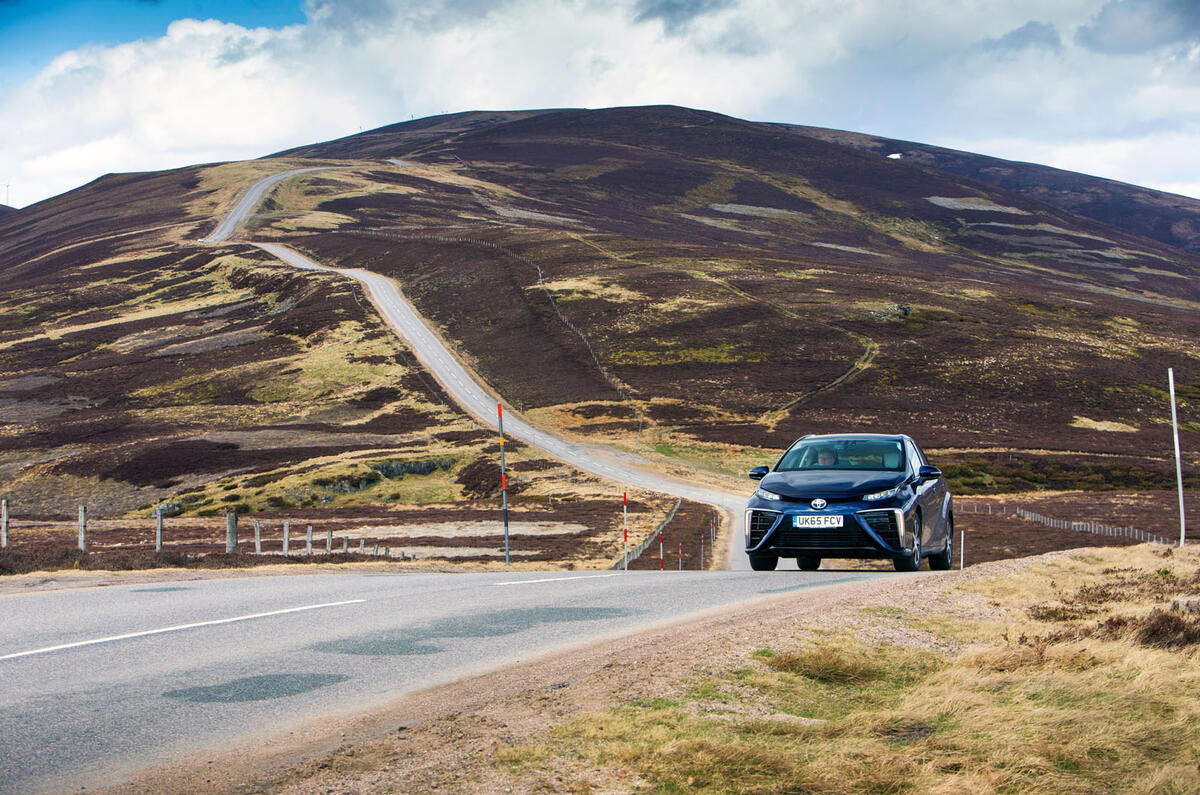
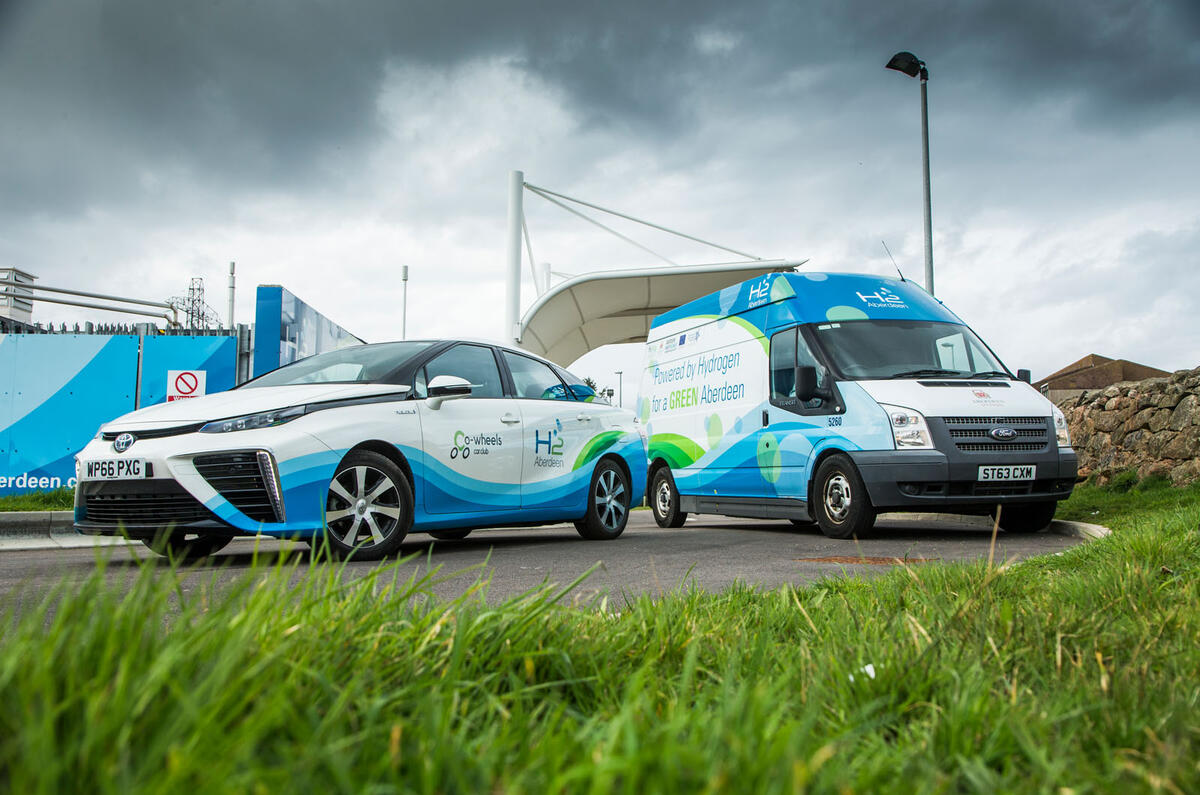

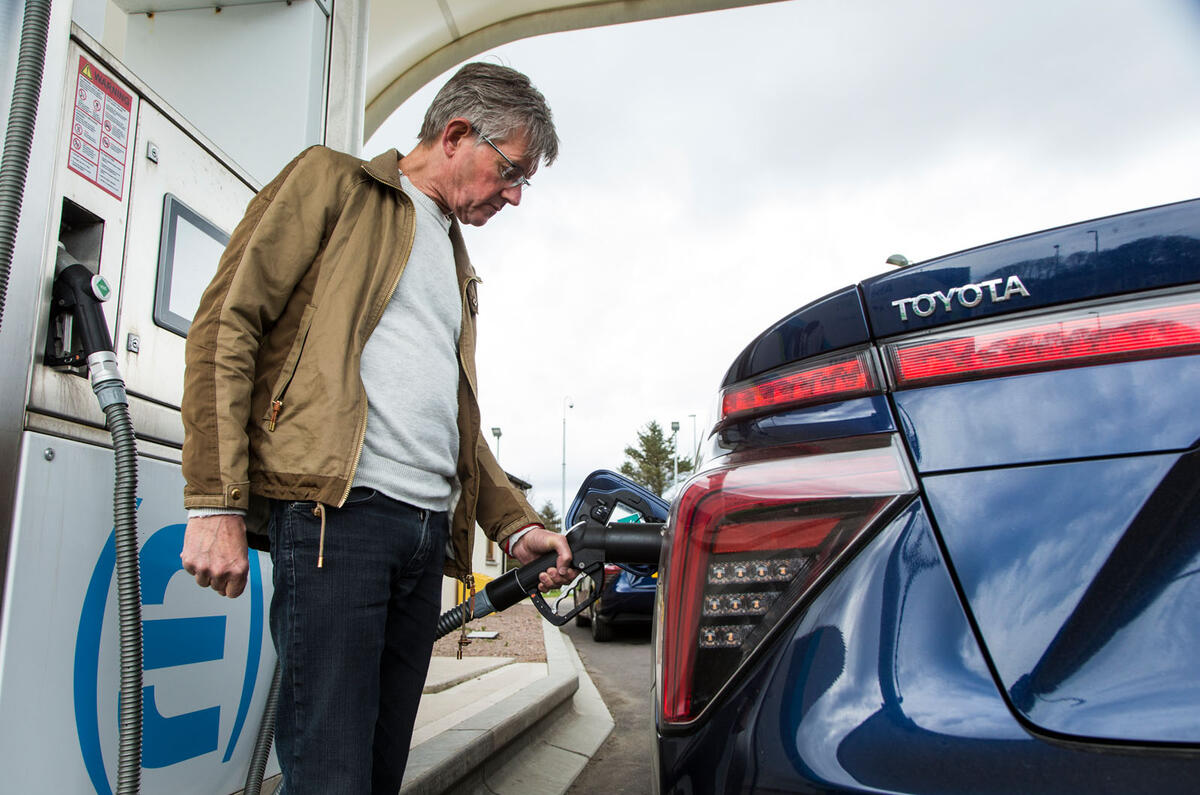
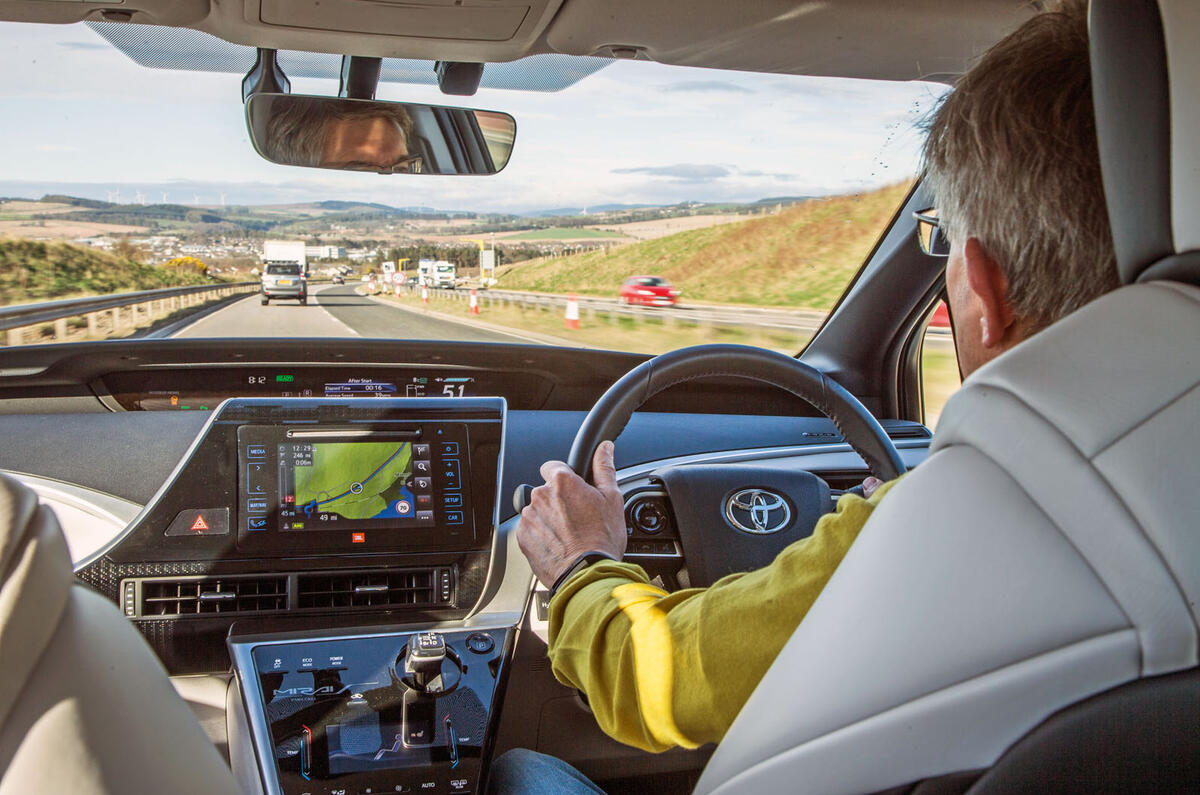
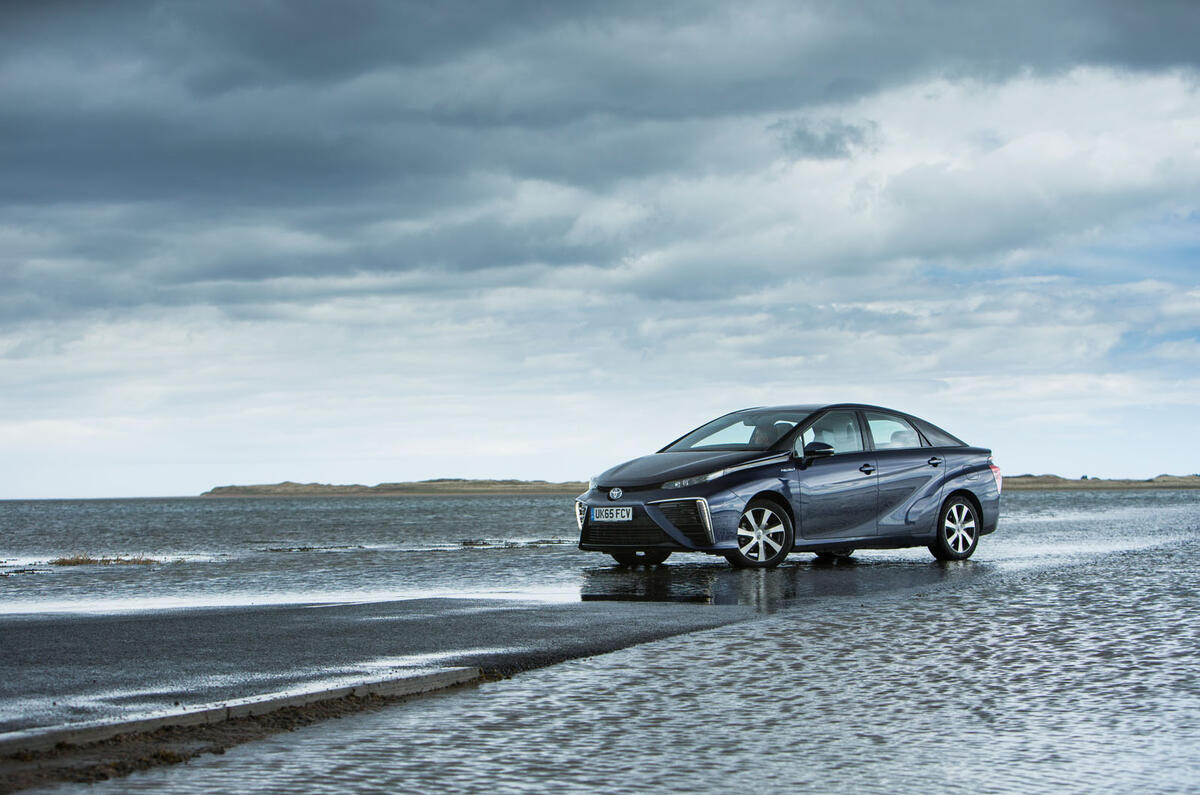
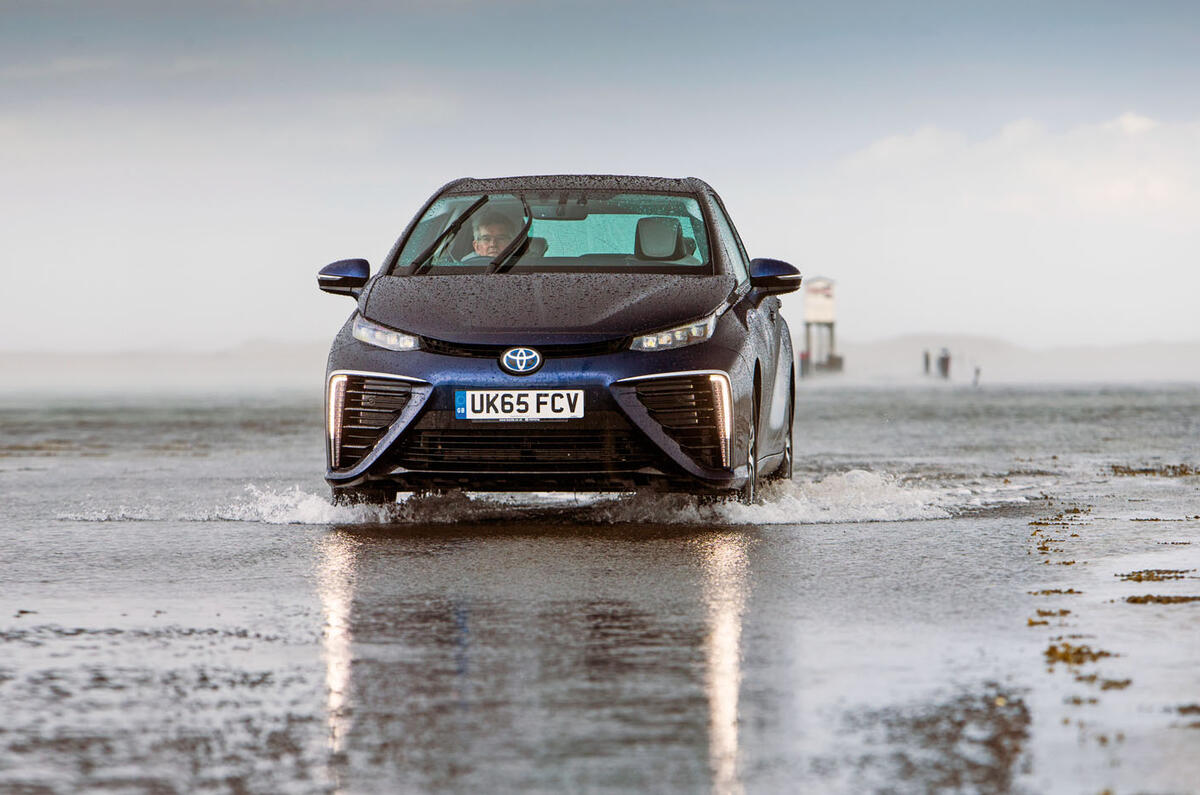
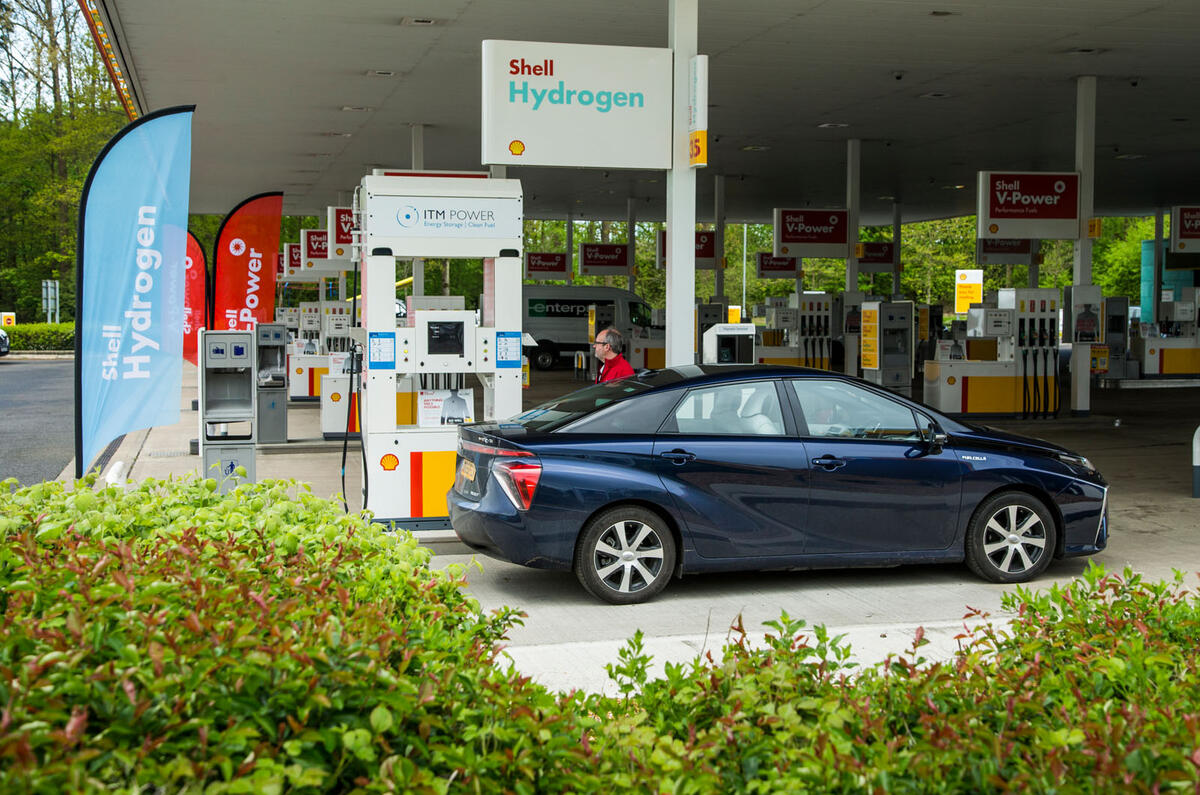
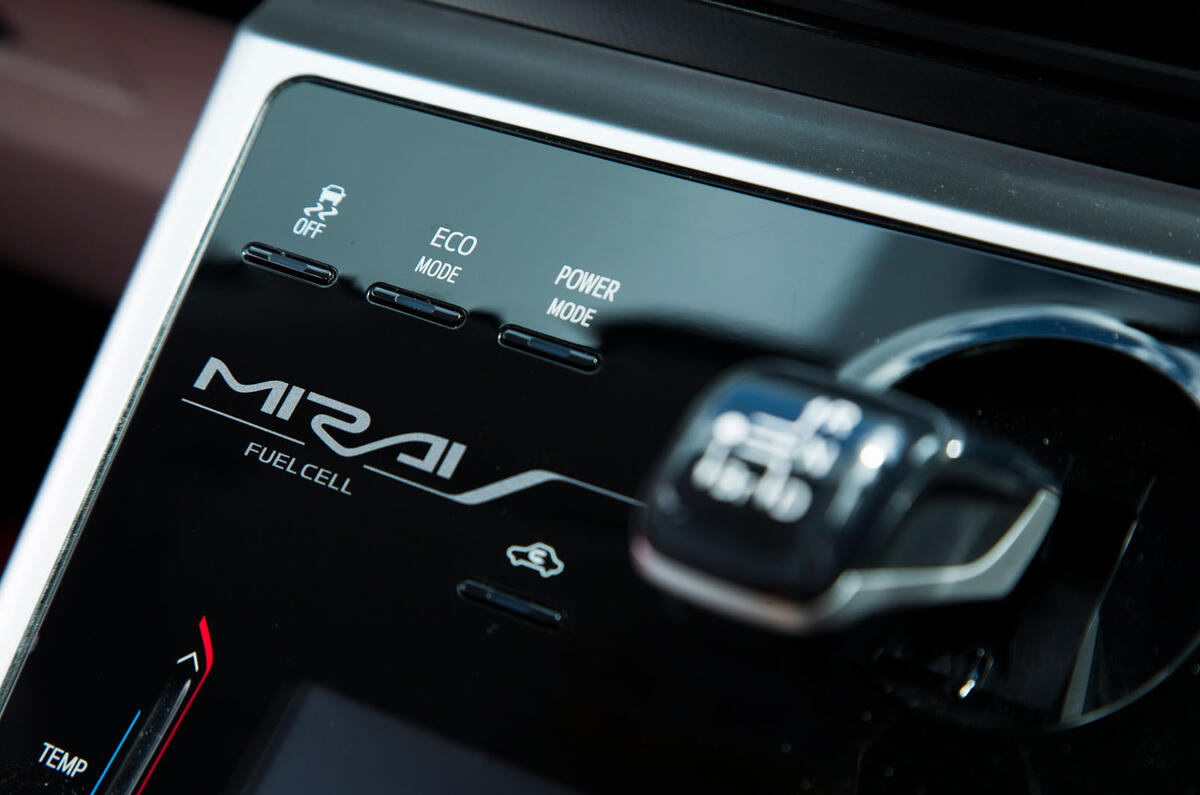
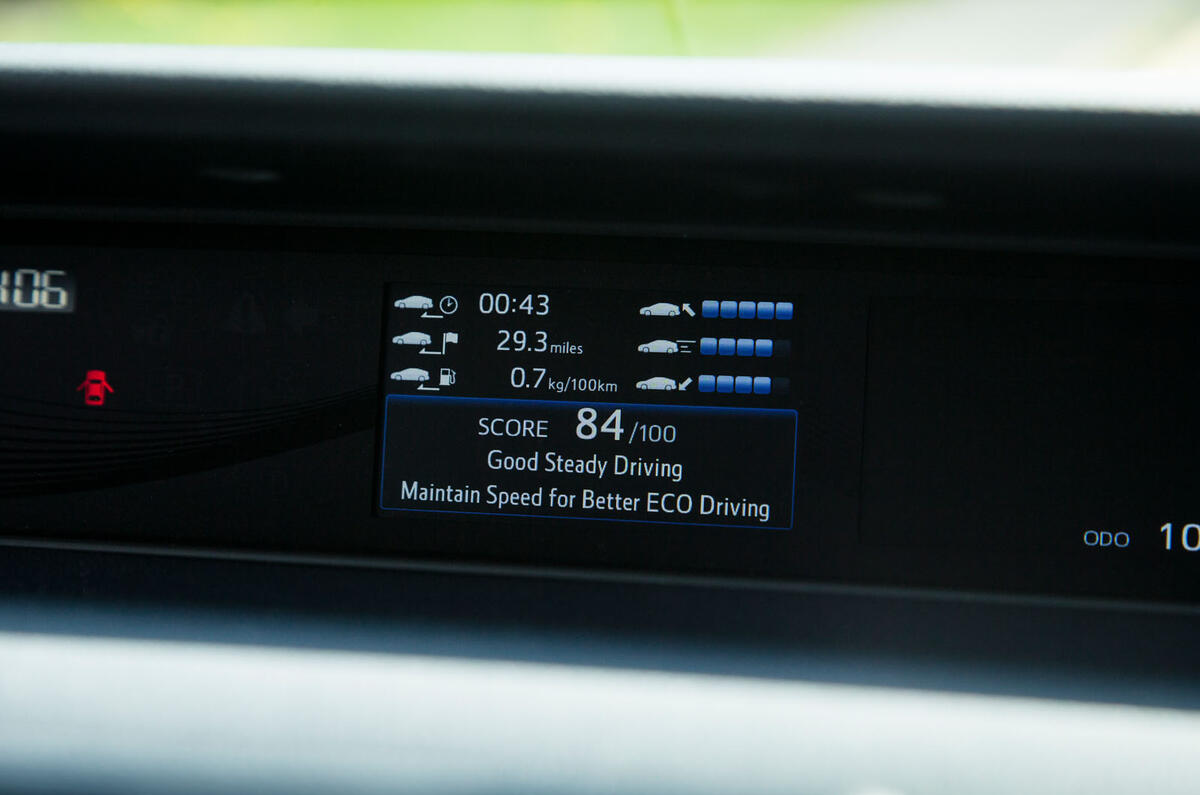
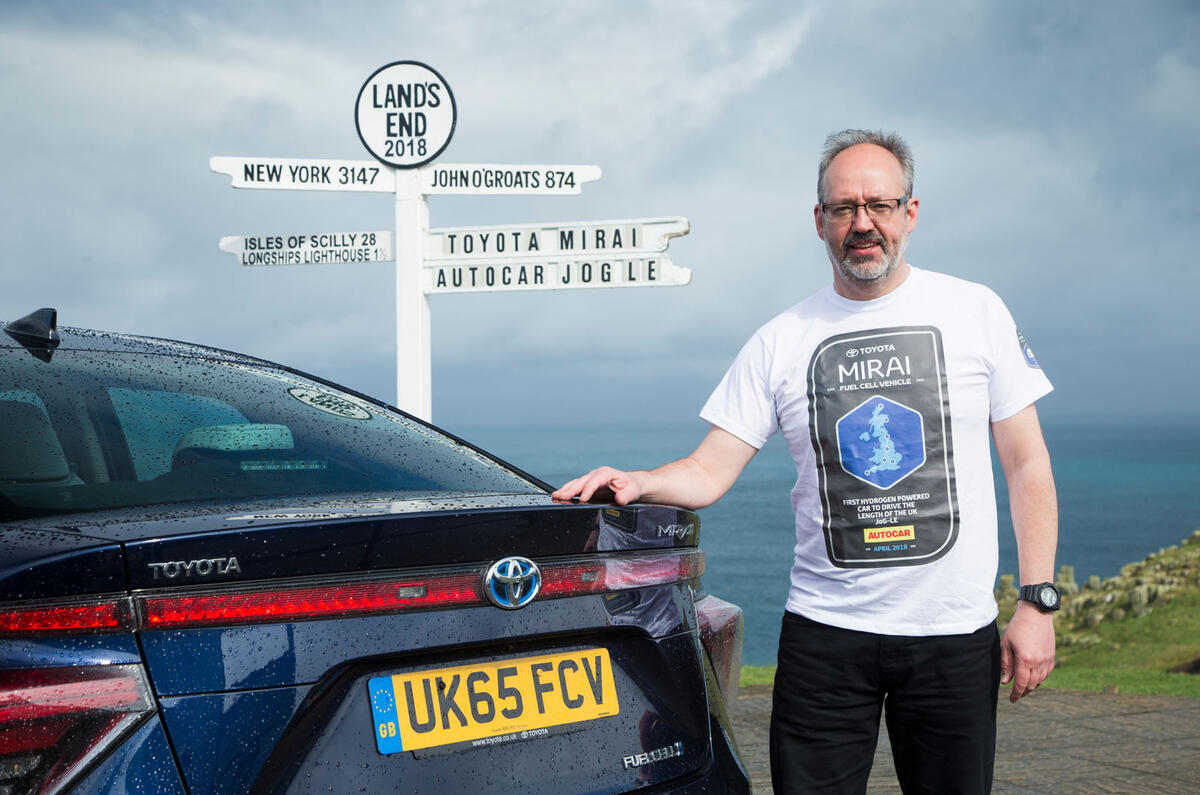
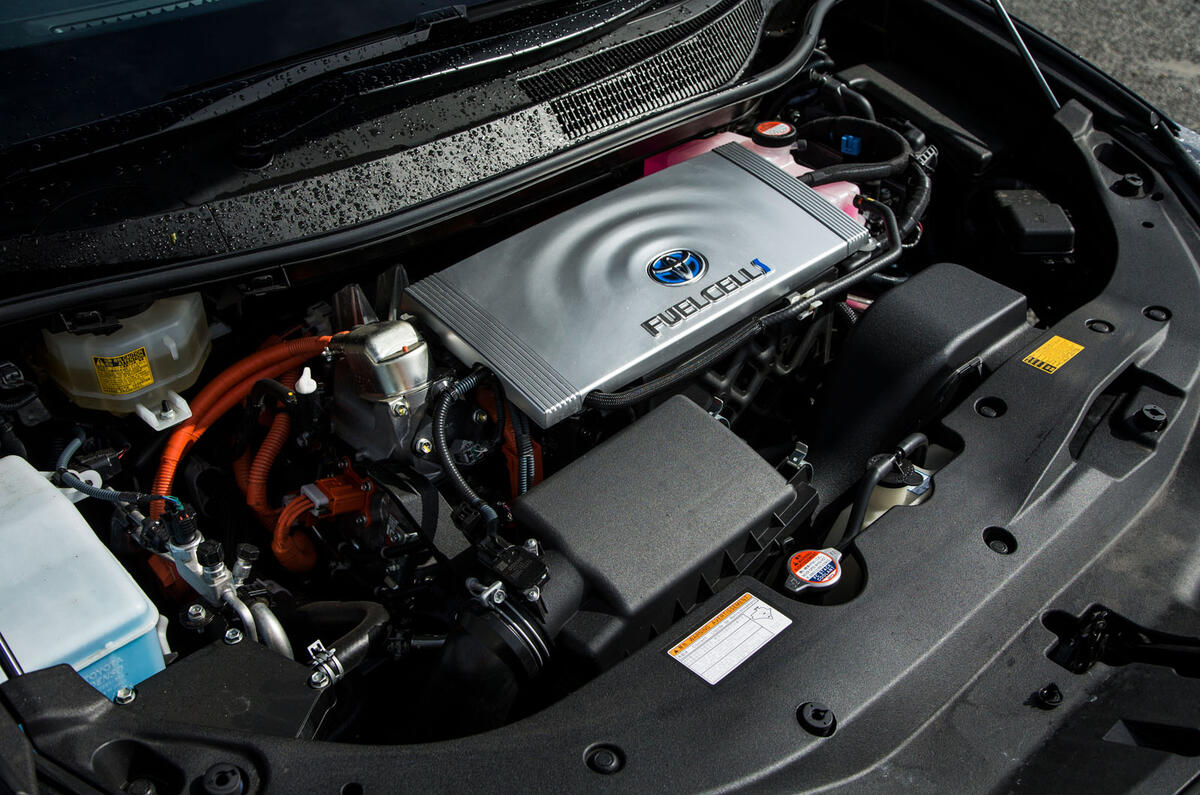
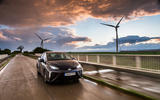
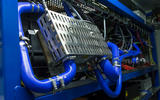

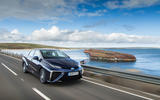
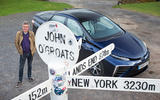



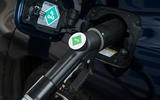





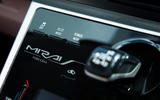
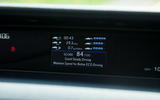

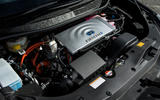










Join the debate
Add your comment
The current Mirai is imo
The current Mirai is imo essentially a large public beta test rather than a commercially viable vehicle. However, I imagine that all the data generated from them will be used to develop something more viable for the next generation.
I also imagine that there will be some kind of manufacture incentive or tax advantages to fleets (I don't think that there is a single private Mirai in the UK) to get them to run them currently in addition to the PR that they can create.
Like it or not hyrogen IS the
Like it or not hyrogen IS the future . . . but that future is quite a way off. The sun gives us ridiculous amounts of energy, more energy than we can use and its free. Trouble is, we're only just starting to figure out how to use it. Once we've figured out how to properly harness the sun's energy it wont matter that using sun generated electricity to manufacture hydrogen is so inefficient - we'll have so much energy we wont know what to do with it. So people making derogatory remarks about hydrogen are simply blinkered by their inability to see past BEVs and what will come after them.
typos1 wrote:
Yep.
Battery cars are a stop-gap measure, like hybrids before them.
The first computers weren't very good and were very expensive. But 90 years later...
The future leaders in hydrogen will be like the current leaders in information technology, or the leaders in fossil fuels at the turn of last century.
Any society stupid enough to think that digging fossil fuel or metals out of the ground to store energy is a superior option to endlessly abundant hydrogen would be rapidly left behind.
In the future like ufos
And yet here we are 2 years on and they're no cheaper to buy or run and can only be leased when given away. Sales are actually going down in the few markets they give the things away whilst BEVs have gone balistic.
One more thing
They're not sales they're all leases as no-one would buy one. oh and sales have stopped growing on a month for month basis